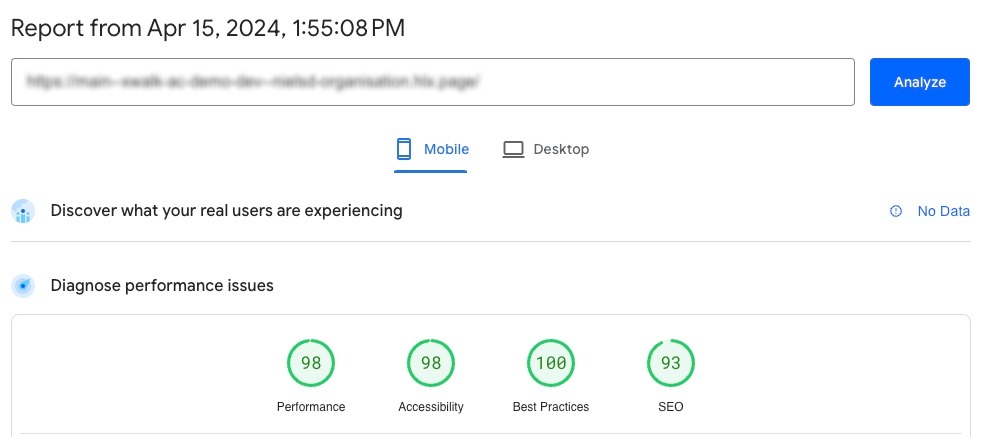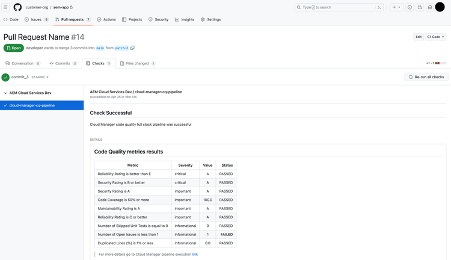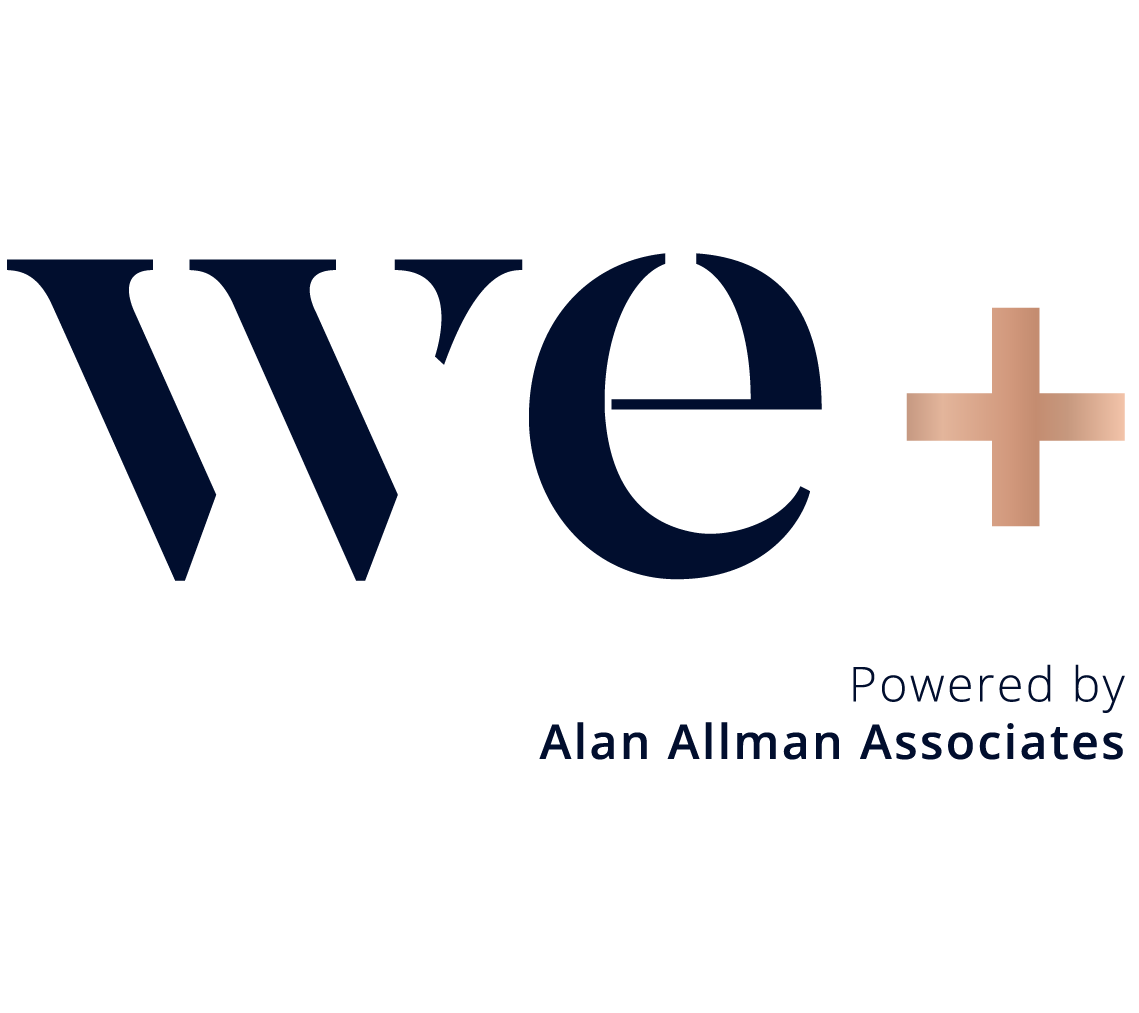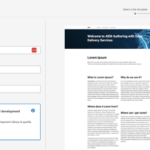Changing the way of Development for Adobe Experience Manager
A lot of innovations surrounding AEM are tailored to change the way development will be done on Adobe Experience Manager. Adobe wants to remove the need for in depth knowledge of Adobe Experience Manager, OSGi and JCR – and provide a more standardized and easy way to tailor AEM towards our customer’s needs.
Innovations in Edge Delivery Services and Publishing
One of the most significant changes was the integration of Edge Delivery Services (EDS) in AEM. Shifting the way of developing for AEM completely.
With the usage of the Universal Editor and a Github integration – new sites can use AEM as data storage and asset management system, while component creation and adaptation can be done straight from Github. Only CSS + Javascript knowledge is needed and changes are reflected on the fly. So say goodbye to long-running deployments!
Only when a real back-end integration needs to be done – AEM development (and thus a deployment) is still needed.
By removing the need for a deployment when working on components, allows for a more rapid development cycle and shorter time to market.
As Edge Delivery Services has been set-up with performance in mind – caching is done by default on the edge and Google’s Web Core Vitals are at a staggering high.

Of course, innovations don’t stop there as Adobe is underway in it’s developments that allow for seamless experiences across the AEM stack, regardless of whether a site uses EDS exclusively or in tandem with the (standard) publisher tier.
Alongside, the AEM Importer tool has been updated for efficient content migration from any URL to formats like docx, markdown, HTML, or JCR, tailored for EDS applications and imports. This will allow customers to switch more easily to Edge Delivery Services.
GitHub Integration with CloudManager
Another feature to ease the work for developers is the integration of CloudManager with GitHub. This new connector will automate the validation process when commits are pushed and pull requests are opened, with CloudManager taking the lead. Feedback will be seamlessly communicated back to GitHub – so there’s no need for developers anymore to go directly to CloudManager.

Further developments will be the inclusion of the deployment pipelines and making the development workflow smoother and more efficient.



